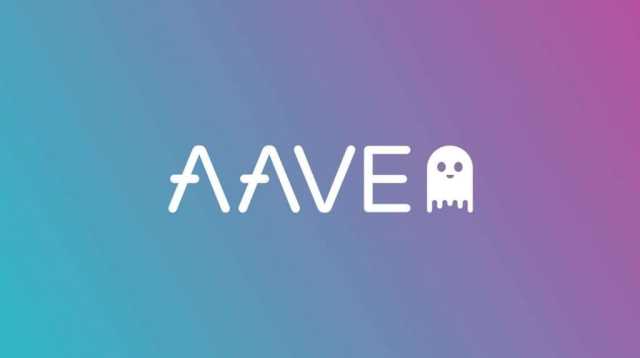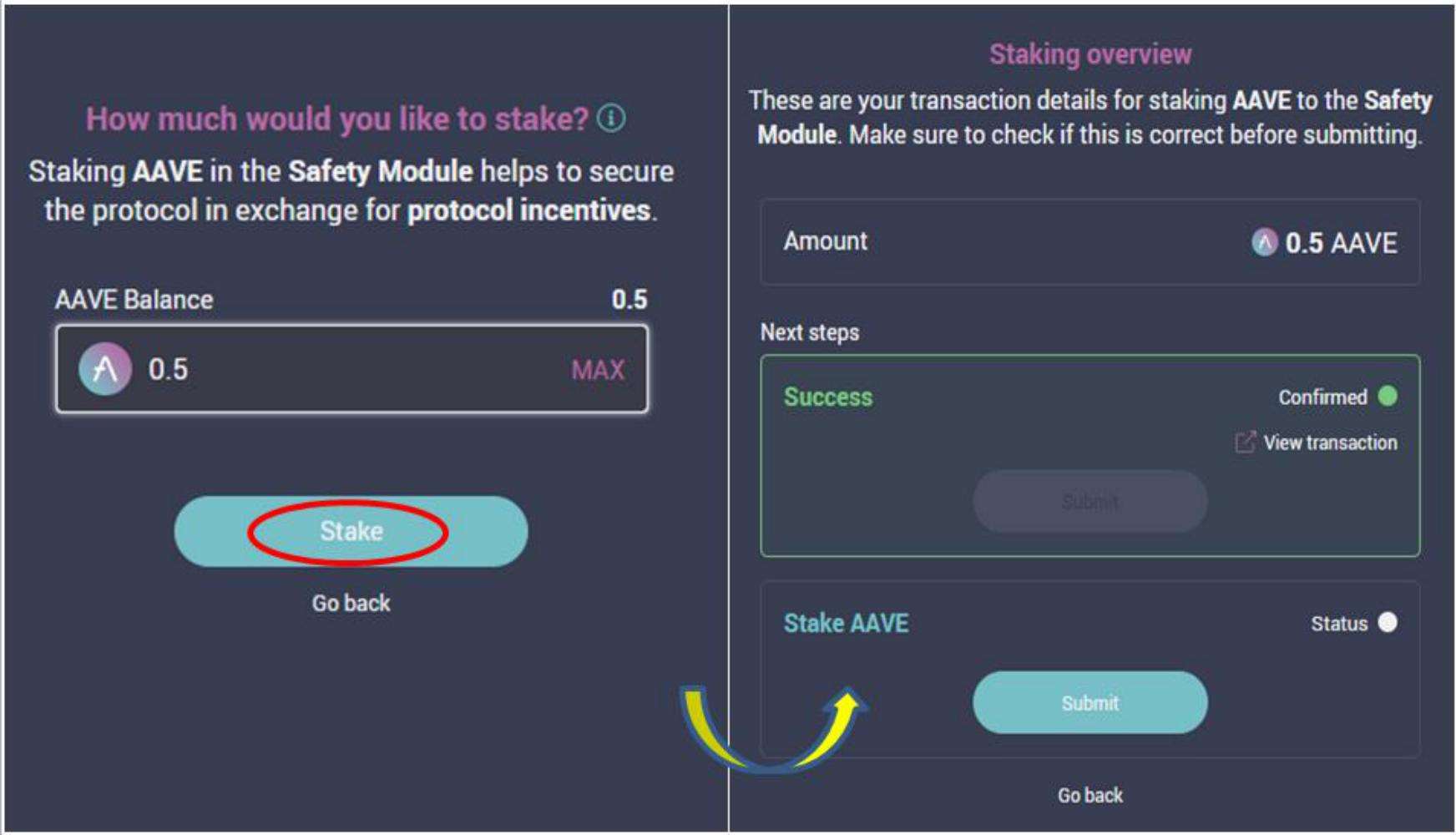What Is Aave (AAVE) Review

The emergence of cryptocurrencies and the underlying distributed ledger technology (DLT) that powers them are forcing a serious shift from the fiat-based conventional finance structure, which relies on third parties and arbitrators to verify transactions, to more transparent blockchain-based financial mechanisms.
Individuals and companies who wish to eradicate the presence of intermediaries are now embracing blockchain-based networks to fulfill the demands of their daily financial needs, while these applications give consumers the freedom to operate without the oversight and control of third-party organizations.
Decentralized finance protocols, or more commonly called as DeFi, are taking this trend a step forward by developing networks that are fully decentralized and cost-effective. A variety of DeFi ventures have dominated the market over the years and this review will thoroughly discuss one of the biggest DeFi lending sites – Aave (LEND).
Aave: Explained
Aave, a decentralized lending platform located in London, was developed by Stani Kulechov and a team of developers in 2017. It was first introduced as EthLEND until it underwent rebranding in 2018. The institution had conducted an ICO, which resulted in $16 million sales of over 1 billion LEND- the system-based virtual coin.
Operating with the help of the Ethereum blockchain, Aave renders users lending, loans, and borrowing services that allow them to raise interests on their virtual coins. Similar to how other decentralized financing systems work, Aave is powered by a series of smart contracts that automates commands and processes for lending and borrowing through the system.
With smart contracts’ premise of executing commands without the need for external entities such as dealing desks, all transactions are made decentralized. Now, Aave users may freely engage in a wide selection of cryptocurrencies including Wrapped Bitcoin (WBTC), Ethereum (ETH), and Tether (USDT) without third-party interference.
The Aave platform functions as a continuum for users, whereas lenders will have to deposit their virtual coins to increase the level of liquidity to borrowers. Aave, in turn, provides incentive schemes for lenders by giving them a percentage of the interest gained from borrowing their cryptos. Before anyone can borrow money from Aave’s lending pools, note that borrowers must first collateralize the loans, which must be in equal to or more than the amount of loan they plan to acquire.
To put it more simply, let’s say those who intend to borrow a specific amount of WBTC must first collateralize a loan with, for example, an equivalent amount of ETH of USDT.

Aave’s Tokens
Aave integrates a pooling system on its network, allowing a peer-to-peer way of transacting. The network has its both ends working, which then automatically sends coins to the lending pools after users have deposited coins on the platform. Just like the typical virtual coin pool, this acts as a reservoir where funds are borrowed from.
The network utilizes two types of tokens; a Token for lenders and LEND token for borrowers. The former acts as a reward for the liquidity provided and is quoted at the same value of the deposited token. Moreover, lenders receive an additional reward through the Annual Percentage Yield (APY). Mainly from the interest paid by borrowers, the value of these yields is reliant on the token and the volume of liquidity present in the network. Note that Aave’s cryptocurrencies bear different APYs, with the popular DAI and USDC now at 3.89% and 3.49% respectively.
As for the borrowers, they have their own share of incentives. With the help of LEND tokens, their orders automatically become a subject for discount; should they use LEND to collateralize the loans they are to receive. In addition to this, those who wish to receive their loans in LEND are free from any transaction fees.
Lending and Borrowing on Aave
Before lending or borrowing, there are few requirements that must be met. The most important of all is a web 3.0 wallet as this will function as a vault where digital assets would be stored. Note, however, that the market is full of fake wallets, and those who wish to register are suggested to conduct a thorough review before opening an account in one. Below is the step-by-step process on how to lend.
- After getting an authentic web 3.0 wallet, interested parties need to visit the Aave website. On the landing page, the quotations of all the cryptocurrencies available are presented. Deposit and Borrow buttons are provided depending on which would be your point of interest.
- After clicking “deposit”, the page would be redirected to another page where clients are asked to connect the wallet to the Aave system. One needs to click the “browser wallets” to see the MetaMask option. From there, one will be able to connect the MetaMask wallet to the Aave platform.
- The page will then provide pertinent information including the utilization rate, available liquidity, and current market price. After this, clients may now proceed and deposit the virtual coin into the pooling system.
Also note that coins’ prices are dependent on the persisting market movement, and this may greatly affect the overall borrowing cost. For those who might want to borrow from the pool, below are the steps that must be taken.
- Interested parties must first undergo the usual registration. After doing so, they may start with the borrow button found on Aave.com’s landing page.
- After this, a board will be shown discussing the specifications of the coin to be borrowed. Collateral must be met in order for the system to process the order.
- After another round of verification, clients will then be transferred to a page where they arrange and place the borrowed coin straight to their wallets.
Aave’s Salient Features
Flash Loans
What puts Aave ahead of its competitors are its flash loans. As the name suggests, clients may apply and take loans instantly, bereft of collateral, made possible through smart contracts. These produce orders for the immediate borrowing from the pool. This is executed with consideration that the liquidity be brought back before the expiration of the transaction expires. Should borrowers fail to return this punctually, a reversal would be made; whereas any transactions will be cancelled until the guarantee that the fund will be kept safe.
This feature was engineered to facilitate the needs of developers for arbitrage, refinancing, and liquidating purposes. As how the company puts it, it stipulates that the firm is meant for designers who hold sufficient knowledge of the trade. More impressively, these loans have low financial risks, and are only asked for 0.09%.
Unique Collateral
Aave is venturing into integrating borrowed fees on collection tokens such as Uniswap and TokenSets. Should this be realized in the future, clients may now take out a loan in contrast of a position that mounts revenue. This greatly reduces risks that come with opportunity cost, giving more advantage to those who cannot place orders.
Get Involved
Compared to other decentralized financing systems in the market, Aave stands impressively even if it is still young. For those who intend to use the services of this DeFi platform, they might want to check and watch out for the upcoming changes as the expansion progresses.
True to its objective, it houses the most innovative and impressive feature. However, the market is ever-evolving, and competition will soon be tighter than expected. But regardless of its standing in terms of experience, Aave is inarguably a reasonable source of investment for both lenders and borrowers.
